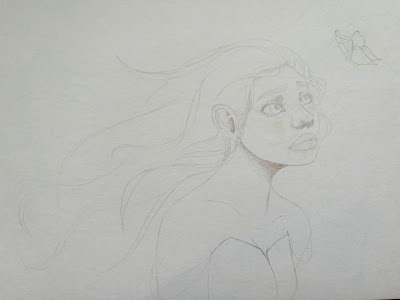Progress Post 8
We have come “to speak and learn visually… already, for example, speaking with images is increasingly done through video” (Jurgenson, 114). I think looking at photos and videos are very important to the artistic process. I almost always use reference photos to help get proportions and anatomy right. I also look back at pictures of old art to see what I’ve done in the past. When I'm learning new techniques or struggling with a process that is new to me, I very often look at videos and tutorials and diagrams other people are artists have drawn. Tutorial videos are in a way a form of communication that allows people to explain their ideas and processes to other people they have never met.



